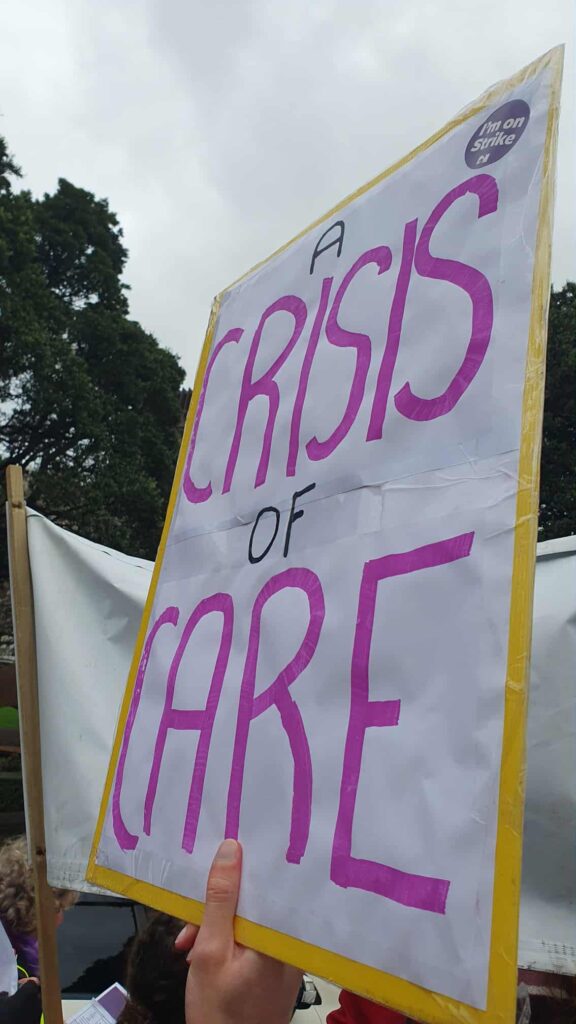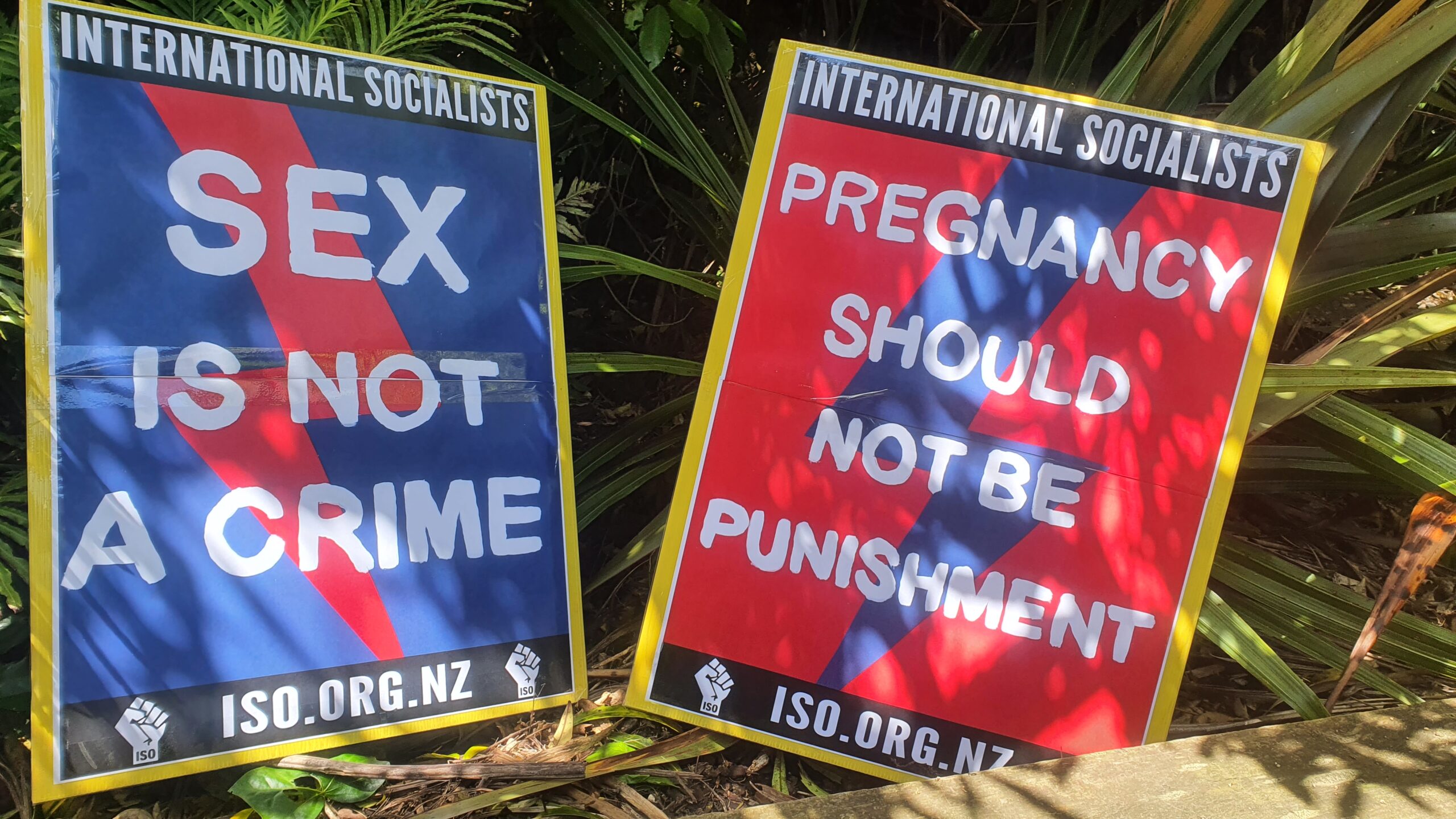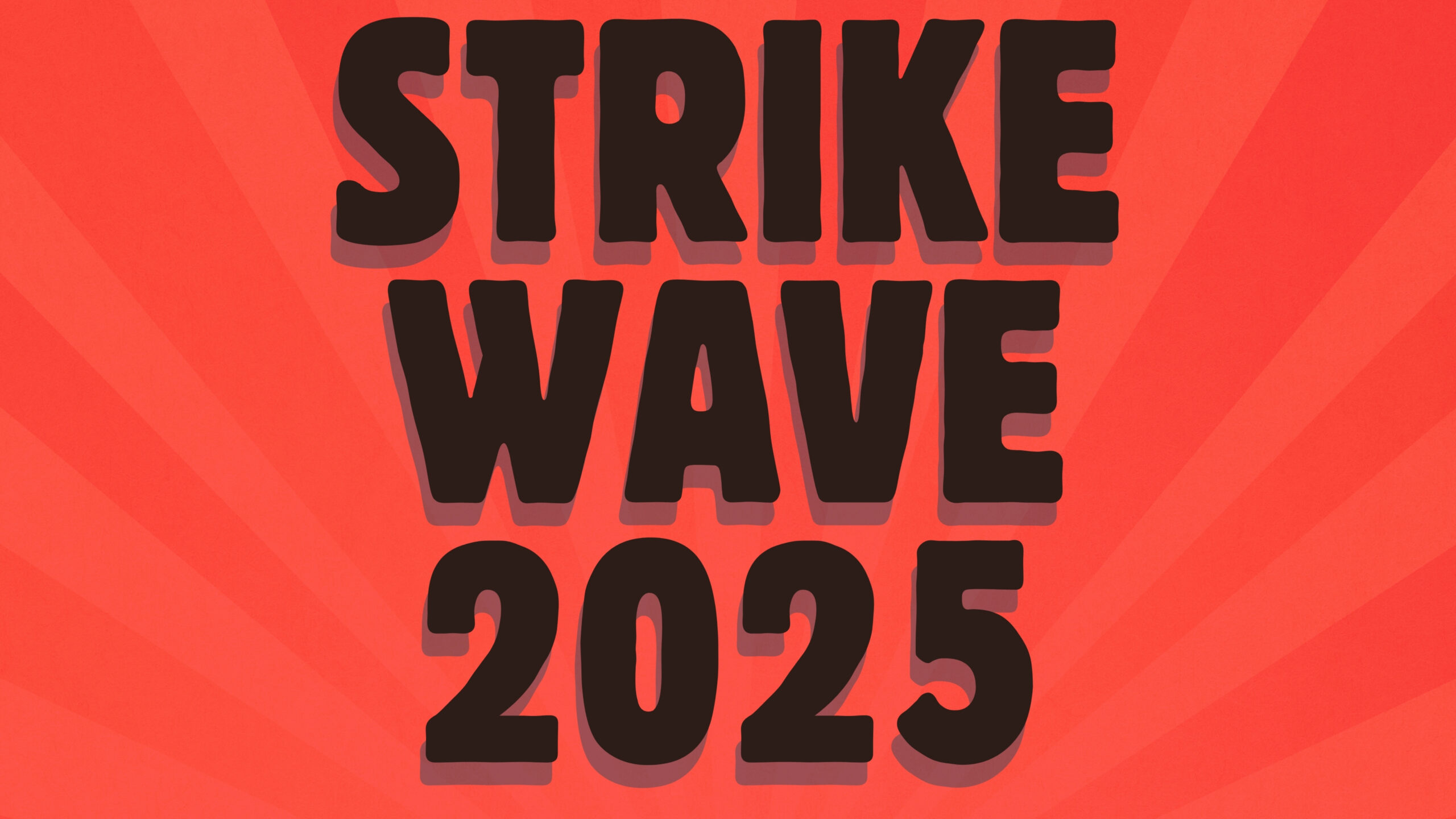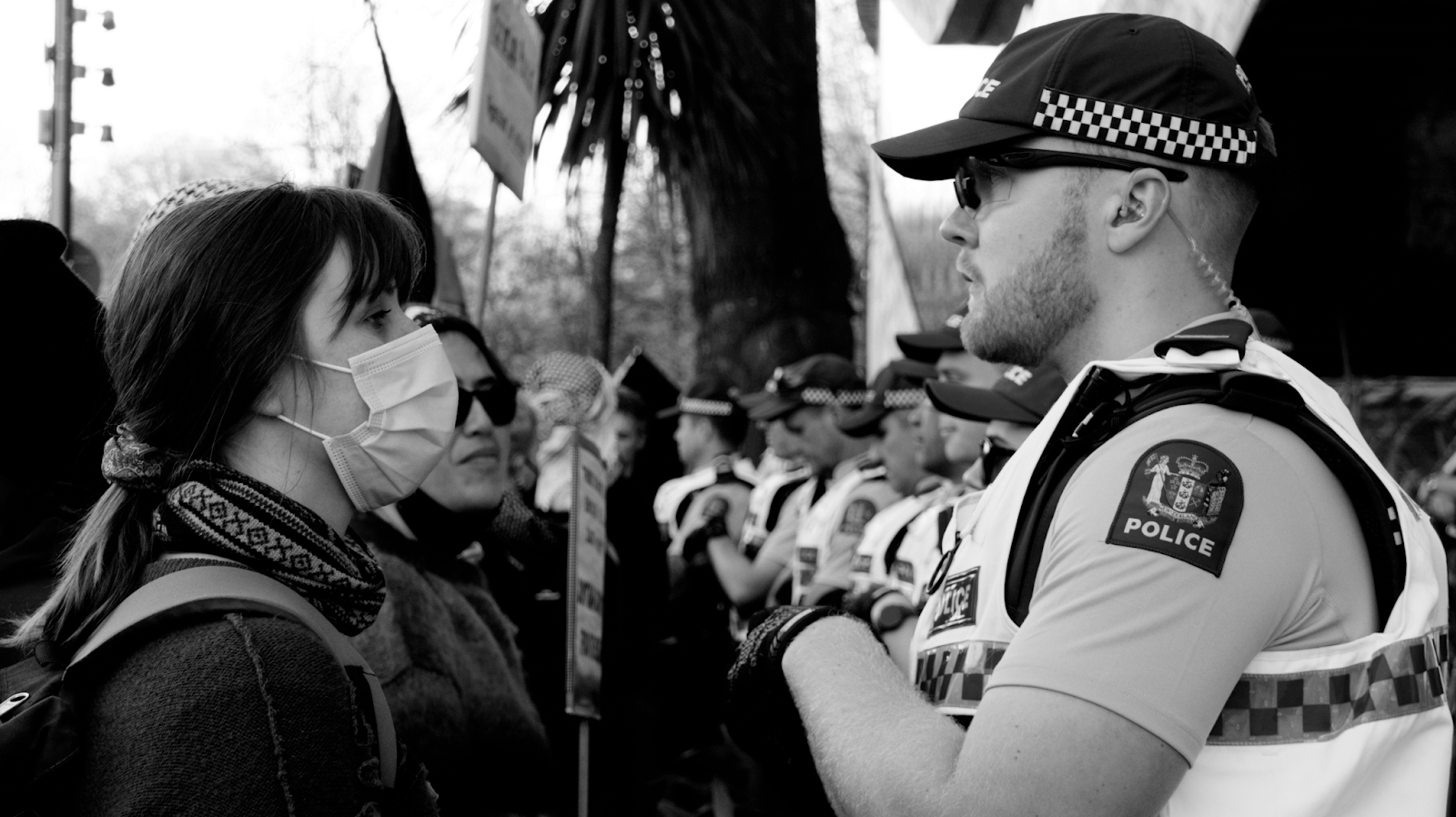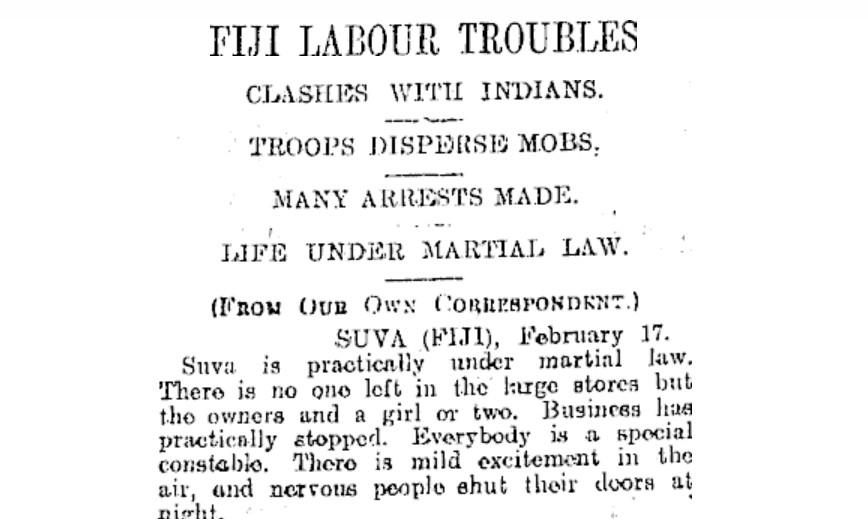Primary school teachers, secondary school teachers, nurses, and firefighters are all fighting for livable employment conditions and sufficient resources to do their work effectively. These are all workers employed in the “public sector”, providing services to the general public. This article will consider the value of this “sector” of New Zealand society, put forward an argument for fighting to defend it and claw back damage already sustained, and for wholeheartedly supporting those who are striking on the frontline of that fight.
Who Do Public Services Serve?
New Zealand, first as a British colony and later as a self-governing nation, has directly implemented and enforced capitalist economic and social ideology and structures. For example, the Education Act 1877 established in New Zealand a public education system for everyone, mandating “instruction in military drill of all boys”, and “sewing and needlework, and the principles of domestic economy” for girls, making clear the respective roles for maintaining social, economic, and nationalist structures. Likewise, the Native Schools Act, a decade earlier, established a system actively repressing Māori language and culture with a goal of assimilation of Māori into Pākehā society. The focus of such education was firmly entrenching and empowering the colonial capitalist system. However, over time, the working class has fought for and won significant improvements to this education system, such as through the 1972 Māori Language Petition, which supported Reo Māori revival, paving the way for changes such as the establishment of Kura Kaupapa Māori.
Likewise, other parts of the public sector serve a dual and contested purpose. A free public health system ensures workers are sufficiently healthy to continue to be productive. Likewise, the fire service minimises the risk of destruction of property, one of the fundamental building blocks of capitalist accumulation. Although these systems in part uphold the present system of oppression, we have nonetheless fought and won concessions and reforms within these systems that benefit the working class. When you or your loved one is cared for by emergency department nurses, that care makes a world of difference to you and your whānau. Thus, we should consider these aspects of our society to be truly “public services”, in that they provide a service to us collectively and in that they should be fairly and equitably available for all.
Privatisation
Neoliberal reform hit New Zealand’s public services in the 1980s like a sledgehammer. Treasury, key drivers of that reform, made clear their reactionary view that all services should be considered to operate within competitive capitalist markets. The following quote from the Treasury in 1987 is illustrative:
Education is never free as there is always an opportunity cost to the provider. Those who provide the inputs to formal education naturally seek to defend and develop their own interests. Hence, formal education is unavoidably part of the market economy and the Government can afford to be no less concerned with the effectiveness and ‘profitability’ of its expenditure on education, in relation to the state’s aims, than private providers would be in relation to their own.
Government services were converted into “state-owned enterprises”. We’ve subsequently witnessed the privatisation of many of those services, sometimes under the banner of “public-private partnership”. The result has been a massive transfer of wealth previously held by the state (at least nominally collectively owned by the New Zealand public) into private hands. When privatised services have faltered financially, they have been propped up with further government spending, such as the $665 million buy-back of the run-down railway network in 2008.
This government has prioritised tax cuts for the rich while gutting gender pay equity, effectively stomping on workers’ aspirations to gain fair pay for their work in core services such as health. The health system is seeing chronic staff shortages and underinvestment in infrastructure. NZNO president Anne Daniels describes the situation as follows: “The health system is not over budget as the Government claims. It is under-funded and under-resourced. Patients need health investments based on their care needs, not an arbitrary bottom line”. The effect is increased staff burn-out and turnover with a consequent loss of experience; decreasing quality of care as hospitals hit capacity; and a developing argument that the public system is failing. The public system is, in fact, being made to fail, but this situation is perversely being used as an argument for further privatisation. As detailed in this issue’s article on the Government’s approach to striking workers, Public Service Commissioner Sir Brian Roche has been leading a deliberate campaign to starve public services, arguing that they operate “best in times of crisis”. The coalition came into power, arbitrarily declaring thousands of jobs would be cut from public services.
Business entities in the capitalist market must generate a profit for shareholders: a profit sufficiently high that investors don’t shift their investment elsewhere. Thus, “return on investment” must be competitive with other market options such as finance, property investment, and the sale of consumer goods. To maintain such competitiveness, entities must reduce expenditure, which can be achieved in various ways, including: reducing their workforce; lowering wages; increasing the output expected of employees for the same wage; increasing the price of products or services provided; and reducing the amount or quality of products or services provided. When the entity in question is a provider of services such as healthcare or education, we see that neoliberalism ultimately increases pressure on those who provide the service and diminishes that service overall. In a social democracy such as New Zealand, state ownership at least means some degree of accountability in the form of public opinion and the threat of the next general election. Once a service falls into private ownership, that accountability evaporates, and the investor shareholders’ interests are all that matter. The end result will be a system that is only of benefit to those already wealthy and healthy.
Money for Welfare vs. Warfare
An additional threat looms over us: New Zealand’s military budget for the coming year is already $3.6 billion, with plans to more than double this spending over the next eight years as prime minister Christopher Luxon claims: “Global tensions are increasing rapidly and New Zealand has stepped up on the world stage, but our current defence spending is simply too low”. Whereas New Zealand’s current military spending is less than one per cent of Gross Domestic Product (GDP), members of the North Atlantic Treaty Organisation (NATO, in which NZ is a “global partner”) are increasing military spending to five per cent of GDP, suggesting NZ’s military budget could increase much further. Such militarisation would no doubt be funded by further cutting services we rely on, such as public health. So when defending against cutbacks to our social services, workers are also defending against the reallocation of funds toward imperialist warmongering, which endangers us all.
We’re a long way down the road of attacks, and there are many threats ahead of us. First, we must collectively and immediately put a stop to the destruction of public services, the privatisation of those services, and the reallocation of funds to anti-social ends such as the pockets of the wealthy and growing military capacity. Then, we must claw back that which we’ve already lost in past decades to restore the concept of public services operated for the wellbeing of all and not as competitive capitalist entities. Strikes by teachers, nurses, fire service workers, and everyone working in public services can help to achieve these objectives. Those strikes seek to improve working conditions and the quality of the systems as a whole, and we must support them in any way we can. Kia kaha, striking public service workers!
Image: Placard in support of a 2025 NZNO Tōpūtanga Tapuhi Kaitiaki o Aotearoa union nurses strike. Photo credit: Serah Allison.

